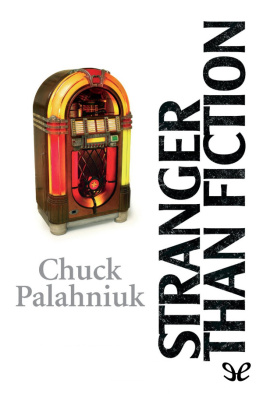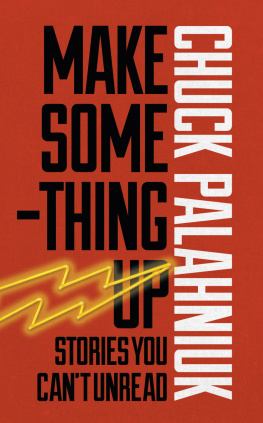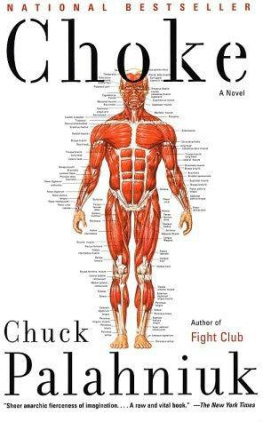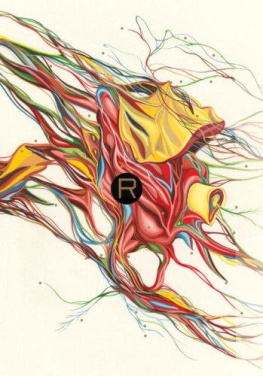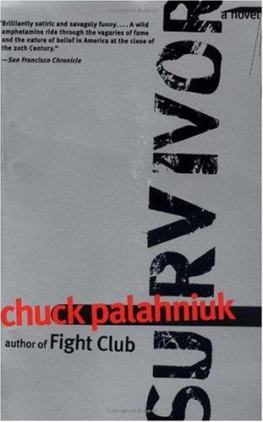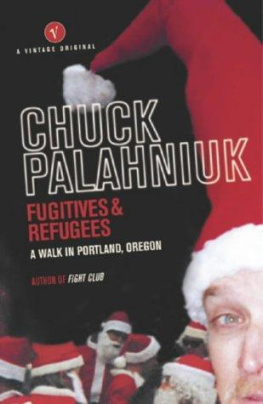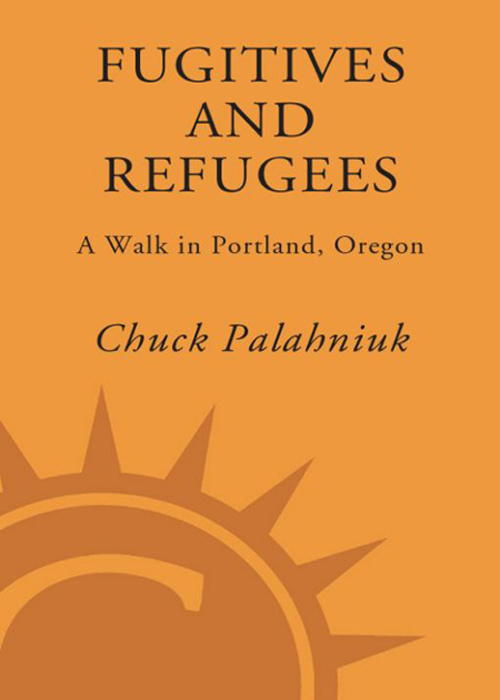


Table of Contents
For my grandmother, Ruth Tallent
1920 2002
INTRODUCTION: UNRAVELING THE FRINGE
EVERYONE IN PORTLAND is living a minimum of three lives, says Katherine Dunn, the author of Geek Love. She says, Everyone has at least three identities.
Shes sitting in the window of her apartment in Northwest Portland, rolling cigarettes and smoking them, her long blond hair parted in the middle and tied back. Shes wearing black-framed glasses. The radiators clank and a siren goes by, four stories below on Glisan Street.
Theyre a grocery store checker, an archaeologist, and a biker guy, she says. Or theyre a poet, a drag queen, and a bookstore clerk.
Rolling another cigarette, she says, Its tricky because all the rich people are in disguise. You never know when the scruffy guy across the counter could be someone rich enough to buy the store, chew it up, and spit it out.
Smoking, she says, The nice little old ladies from the West Hillswith their sweater sets and pearlstheyre all rabid advocates of the death penalty.
Those green, wooded hills fill the window behind her. Art and bookshelves fill the walls. The rooms are painted heavy gem colors of deep red and green. Yellow freesia bloom in a vase on the dining room table. In the kitchen, hanging above the sink, is a framed photograph of Katherines maternal grandmother, Tressie, who cooked for a railroad crew, working her way west through the Dakotas at age eighteen.
Katherines theory is that everyone looking to make a new life migrates west, across America to the Pacific Ocean. Once there, the cheapest city where they can live is Portland. This gives us the most cracked of the crackpots. The misfits among misfits.
We just accumulate more and more strange people, she says. All we are are the fugitives and refugees.
In 1989, when she wrote her bestselling novel Geek Love, Katherine set the story in Portland. The novel about an outcast circus sideshow family who work to have mutated, birth-defected children to boost their ticket salesis easily the most famous book that uses the city as a background. Katherine wanted her story set in a place without associations in peoples minds.
When I was a young woman in Paris, she says, I couldnt walk through the city and see it without seeing it the way the Impressionists did. Because Id seen it through their eyes, it was impossible to see it any other way.
The genesis of Geek Love was here. One day Katherines seven-year-old son, Ben, refused to walk with her through the International Rose Test Gardens, so she walked alone among the hybrid roses. I thought to myself, These would not have occurred in natureI shouldve designed a better child.
She swam in the basement pool at the Metropolitan Learning Center, swimming and writing the book in her mind. For years she wrote The Slice, a weekly newspaper column that documented oddball Portland happenings.
Now, Portland has its own identity, she says. Its no longer this blank look when someone says Portland or Seattle or Walla Walla.
Now Katherine Dunn is working on a new book. Geek Love is being reissued, for a new generation of fans. Still, shes not planning to leave.
First of all, she says, I cant drive. Besides, when you walk down the street, every corner has a story. She smokes, exhaling out the window above Glisan Street. Here, she says, the rolling history of your life is visible to you everywhere you look.
AND KATHERINES RIGHT. Every corner does have a story. And every hillside.
In 1980, six days after graduating from high school, I moved to Portland, to the Burlingame View Apartments, on a steep hillside covered with blackberry vines above the Burlingame Fred Meyer supermarket on SW Barbur Boulevard.
My two roommates work in restaurants, and our closet space is filled with boxes of stolen food. Cases of champagne. Three-gallon cans of escargot packed in olive oil. We buy our dope from a potter who lives on NE Killingsworth Street and works in his basement, stoned and throwing the same coffee mug fifty times each day. Around him are racks filled with hundreds of identical coffee mugs, waiting to be fired in his kiln. He must be twenty-five or twenty-six years old. Ancient.
Days, Im working as a messenger, delivering advertising proofs for the Oregonian newspaper. Nights, I wash dishes at Jonahs seafood restaurant. My roommates come home, and we throw food at each other. One night, cherry pie, big sticky red handfuls of it. Were eighteen years old. Legal adults. So were stoned and drinking champagne every night, microwaving our escargot. Living it up.
In a moment of sacrifice, I find my childhood tonsils in a jar of formaldehyde with a label from Our Lady of Lourdes Hospital. In a grand gesture, I make a wish and throw the sealed jar off our apartment balcony, into the blackberry briars that cover the hillside.
It used to be easy when friends or family came to visit Portland. First, you took them to the Van Calvin Mannequin Museum. There they saw hundreds of dusty mannequins, arranged in nightmare settings in a sweltering hot warehouse. My favorite was the room where seventy battered, naked children sat watching black-and-white cartoons on a huge console television.
Then you visited the 24 Hour Church of Elvis, where tourists were married and publicly humiliated by the minister. Then the Western Bigfoot Society. Then the UFO Museum. Maybe you went to see the strippers at the old Carriage Room. Or you drove people out to the Safari Club so they could see the dozens of rare tigers and lions and leopards, now stuffed and filthy with cigarette smoke in a disco. Maybe you went to an ORGASM party (Oregon Guild Activists of S&M), where you watched bondage and torture demos. After that, you took everybody for a ride on Samtrak: the Worlds Smallest Railway, and by then the weekend was pretty much over.
Those were the good old days, when Ronald Reagan and George Bush (the elder) dreaded coming here so much they called Portland Little Beirut. A presidential whistle-stop meant anarchists would gather along SW Broadway, outside the presidents suite in the Hilton Hotel. Theyd eat mashed potatoes, regular white ones, or potatoes dyed red or blue with food coloring. Then, when the motorcade arrived, they drank Syrup of Ipecac and puked big Red, White, and Blue barf puddles all over the hotel.
Okay, okay, what nobody knew is stomach acid makes blue food coloring turn green. So it looked like a protest against Italy... Its the thought that counts.
Sigh.
The only trouble with the fringe is, it does tend to unravel.
Now Portland is the home of Tonya Harding and Bob Packwood. To FBI experts who profile serial killers, the Pacific Northwest is Americas Killing Fields, because the people are so friendly and trusting. The wilderness is always nearby. It rains, and things rot fast.
What follows are sort-of snapshots of Portland. A sort-of photo album of the moment. From ax murders to penguins with a shoe fetish. From underground opium dens to riding fire engines to live sex shows. These are the stories you wont find in any official Portland history book. From rampaging Santa Clauses to the Self-Cleaning House. Heres just the tip of the Portland, Oregon, iceberg. Myths. Rumors. Ghost stories. Recipes. What follows is a little history, a little legend, and a lot of friendly, sincere, fascinating people who maybe shouldve kept their mouths shut.
Next page


